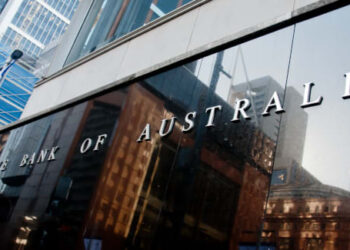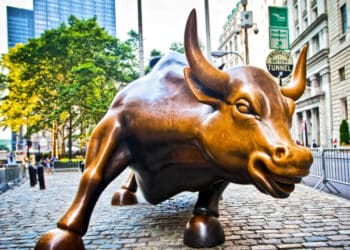In its latest Statement on Monetary Policy, the Reserve Bank of Australia said on Friday it now expects trimmed mean inflation to slow slightly to 6.2 per cent in June before settling at 4.3 per cent at the end of the year, compared to its earlier forecast of 3.8 per cent.
Headline inflation is expected to reach 6.7 per cent in June, before settling at 4.8 at the end of 2023.
The RBA does not, however, expect headline inflation to return to the top of its 2–3 per cent target band until June 2025, led partially by strong growth in wages.
Turning to wages, the central bank predicted that growth in the wage price index would reach 4.25 per cent in late 2023 before declining to 3.75 per cent in mid-2025.
The bank noted that as growth in the economy slows, labour market conditions are expected to ease, and wages growth to slow a little. The unemployment rate too is expected to start picking up from around the middle of 2023, reaching 4.5 per cent by mid-2025.
But given Australia’s “too high and broadly based” inflation, the RBA conceded that it expects that further increases in interest rates will be needed to ensure that the current period of high inflation is only temporary.
It warned that if high inflation were to become entrenched in people’s expectations, “it would be very costly to reduce later”.
“In assessing how much further interest rates need to increase, the board will be paying close attention to developments in the global economy, trends in household spending, and the outlook for inflation and the labour market. It remains resolute in its determination to return inflation to target and will do what is necessary to achieve this,” the RBA said.
Touching on its last two meetings and its decision to raise interest rates by 25 basis points at both, the bank argued that “this has been necessary to achieve a better balance of supply and demand in the Australian economy”.
However, while reiterating its goal of returning inflation to the target range, the bank admitted that there are considerable uncertainties surrounding the outlook, including on the level of interest rates needed to achieve the board’s objectives.
“Maintaining a steady pace of increases over several months has given the board the time to assess the flow of incoming data and any shifts to the outlook that it may imply,” it said.
The bank did, however, deliver one glimmer of hope, noting that “inflation remains high and broadly based but is likely to have peaked at the end of 2022”.
The RBA also predicted that economic growth in Australia would slow this year as rising interest rates, the higher cost of living, and declining real wealth weigh on growth.
GDP growth is expected to have been 2.75 per cent over 2022 and to be 1.5 per cent over both 2023 and 2024, it noted.
Earlier this week, the RBA governor, Philip Lowe, surprised economists by removing the words “not on a pre-set path” from Tuesday’s statement.
“This change implies that the RBA board has essentially made up their mind and intend to raise the cash rate further over coming months, if the economic data prints in line with their updated forecasts,” CBA’s Gareth Aird said at the time.
According to market research referenced by the RBA in its Statement on Monetary Policy, interests rates are expected to reach a peak of 4 per cent by mid-2023. The bank is then expected to cut rates to just above 3 per cent by the end of the year.







